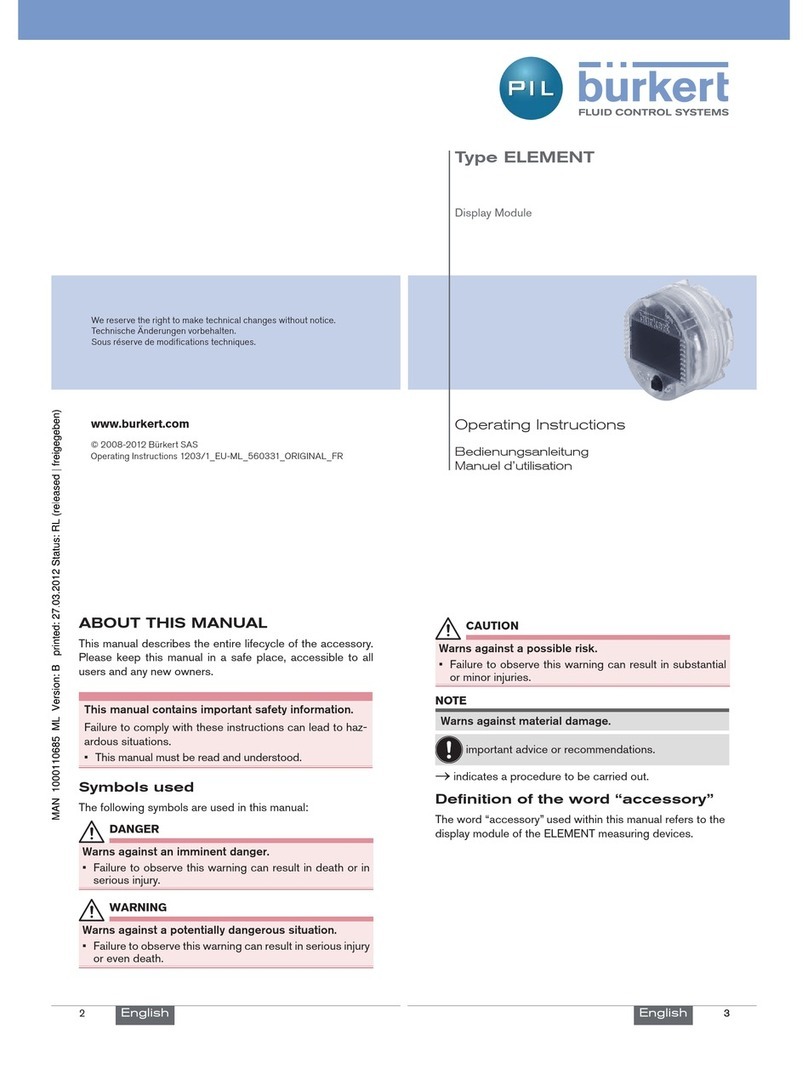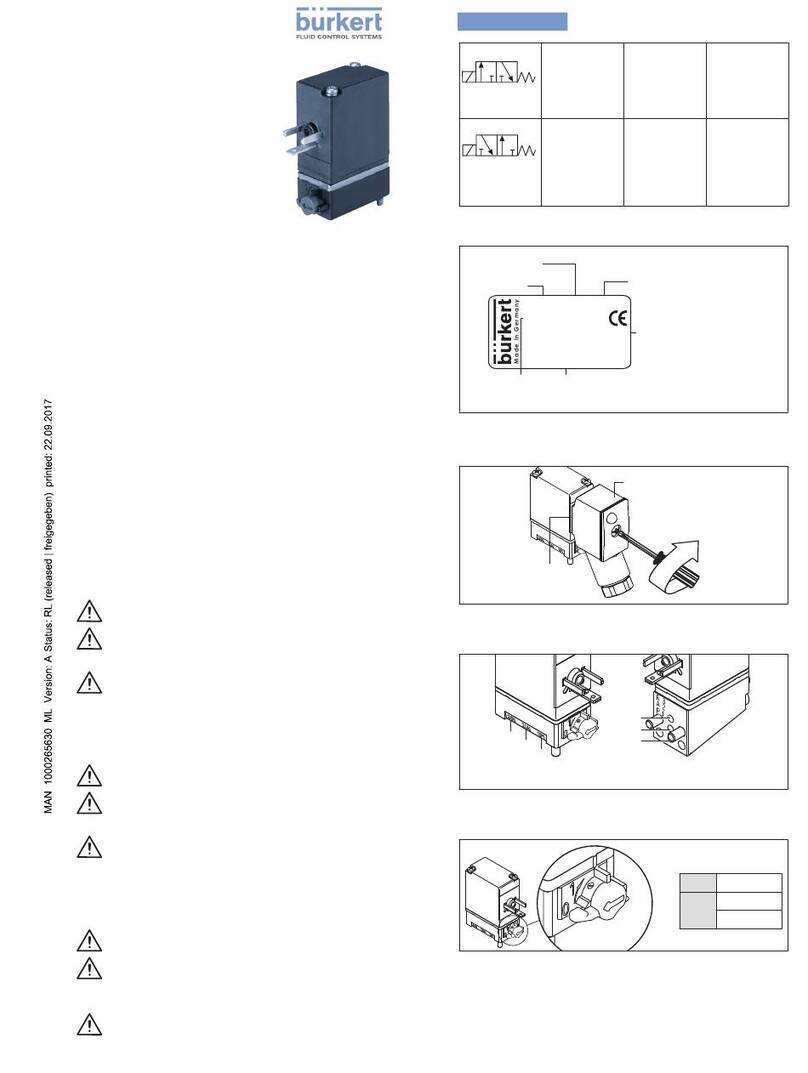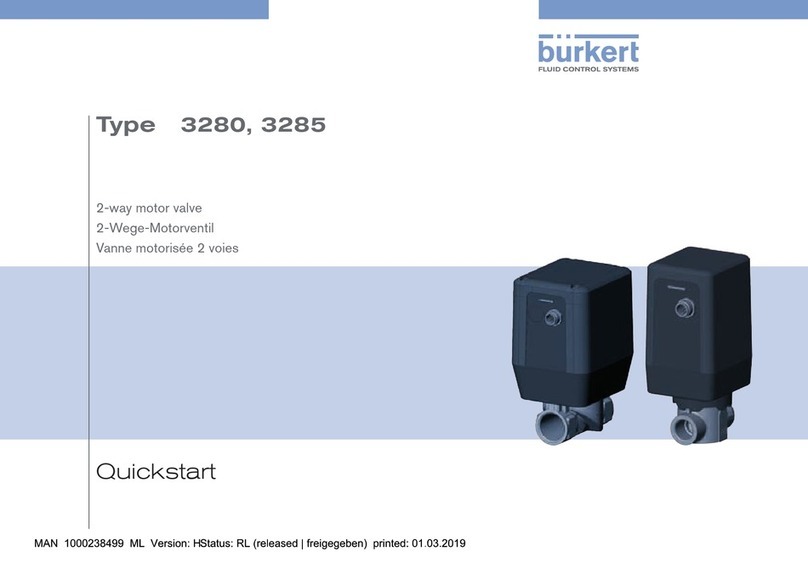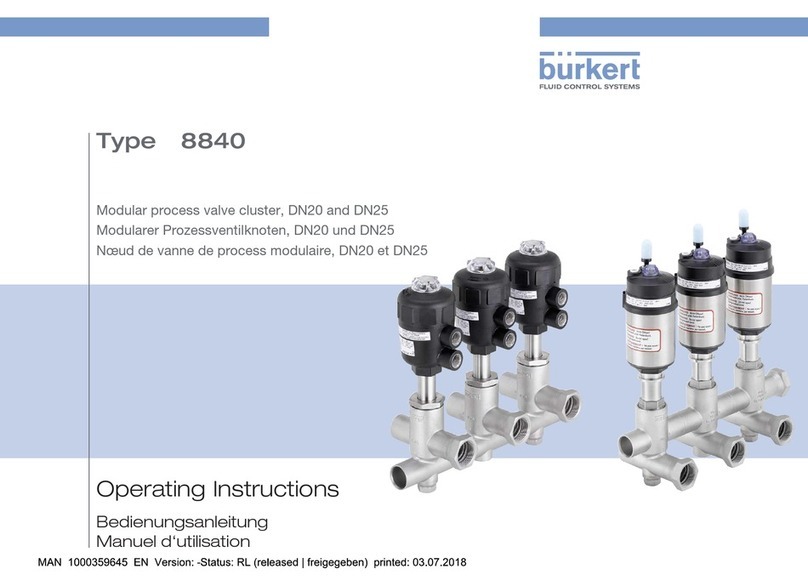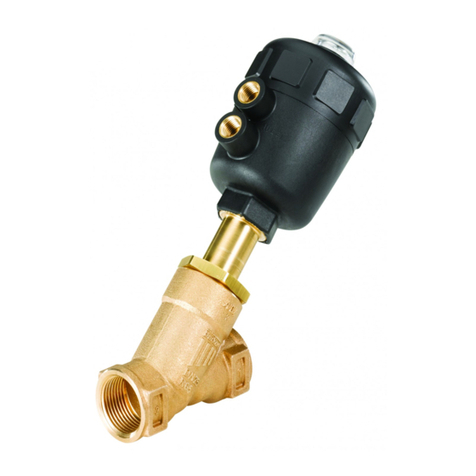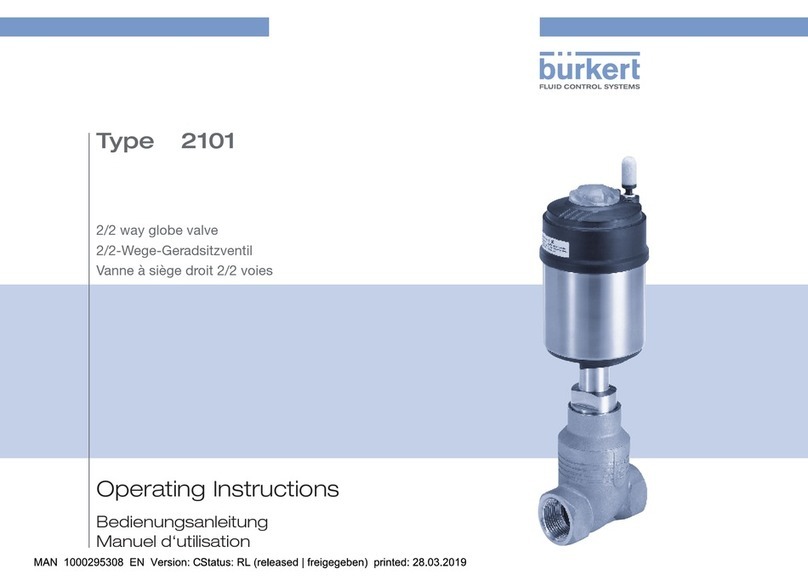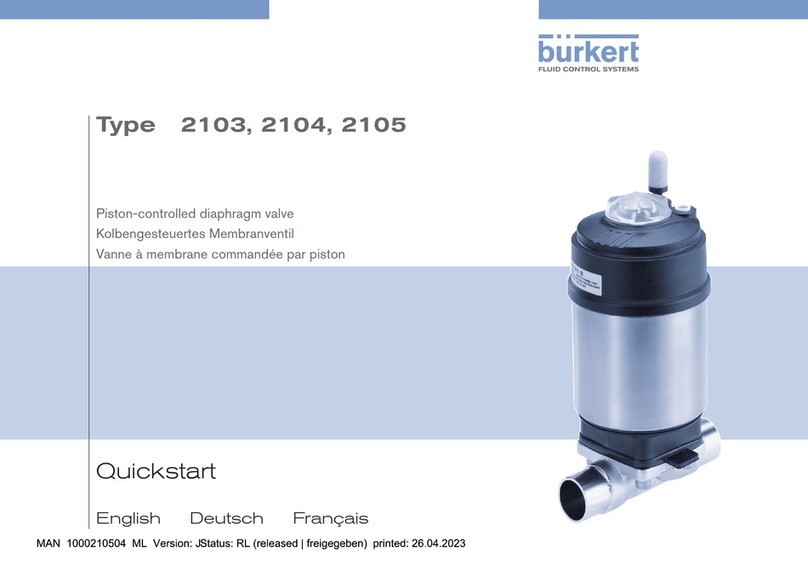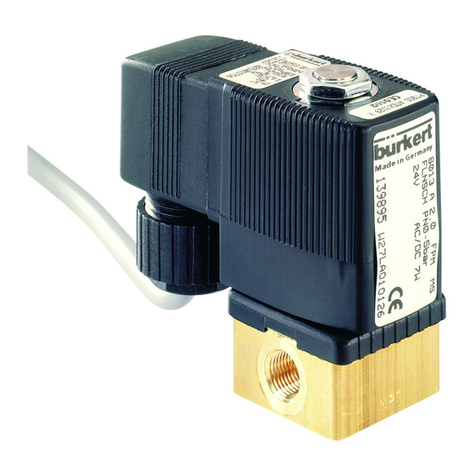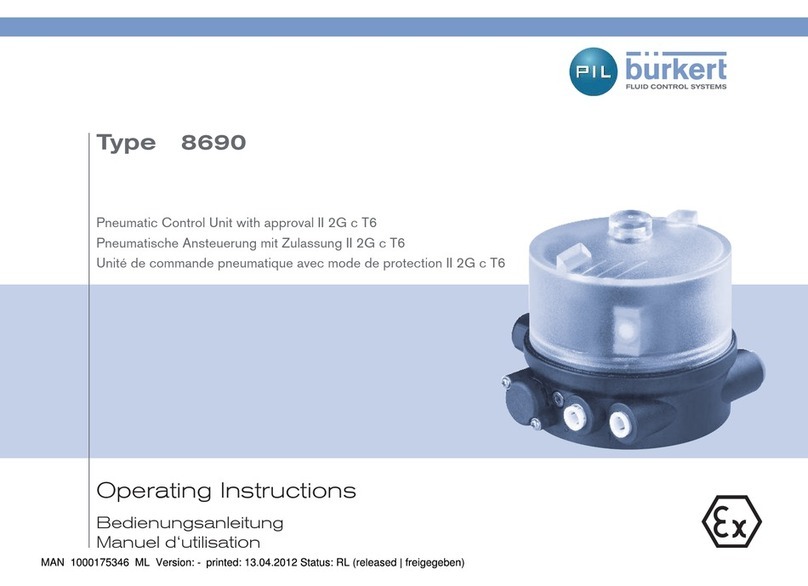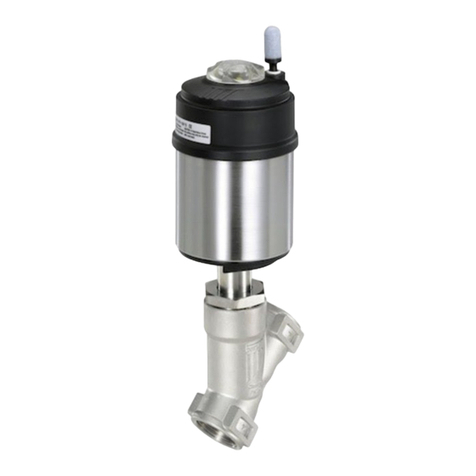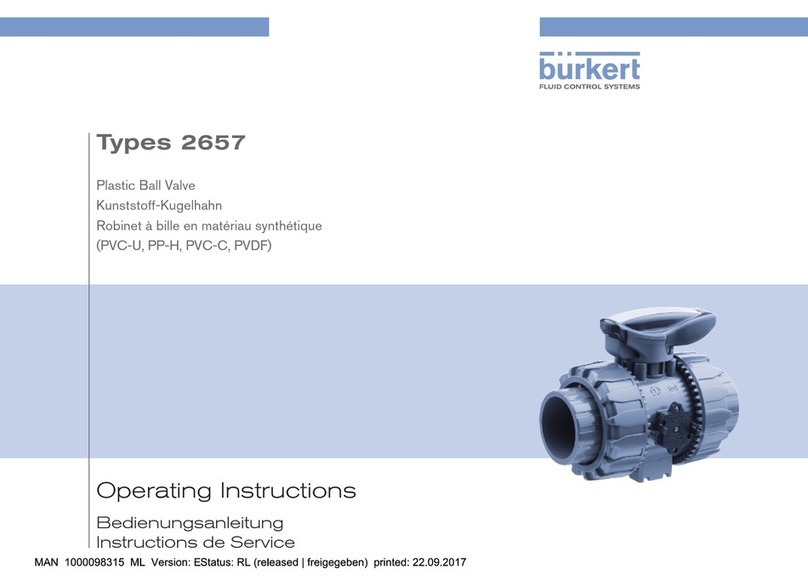
3
1. QUICKSTART .....................................................................................................4
1.1. Symbols ..............................................................................................4
2. AUTHORIZED USE .........................................................................................5
2.1. Restrictions ........................................................................................5
2.2. Predictable Misuse ..........................................................................5
3. BASIC SAFETY INSTRUCTIONS .............................................................6
4. GENERAL INFORMATION ...........................................................................7
4.1. Contact Address ..............................................................................7
4.2. Warranty ............................................................................................. 7
4.3. Information on the Internet ............................................................. 7
5. SYSTEM DESCRIPTION ...............................................................................7
5.1. Structure and Function ................................................................... 7
6. TECHNICAL DATA ...........................................................................................8
6.1. Conformity ......................................................................................... 8
6.2. Standards ........................................................................................... 8
6.3. Operating Conditions ...................................................................... 8
6.4. Mechanical Data ...............................................................................9
6.5. Type Label .........................................................................................9
6.6. Pneumatic Data ................................................................................9
6.7. Electrical Data .................................................................................10
7. INSTALLATION ...............................................................................................11
7.1. Safety Instructions .........................................................................11
7.2. Installation of the Control Head
on Process Valves of Series 21xx ..............................................11
7.3. Installation of the Control Head
on Process Valves of Series 20xx ..............................................12
8. FLUID INSTALLATION ................................................................................ 14
8.1. Safety Instructions .........................................................................14
8.2. Installing the Process Valve .........................................................15
8.3. Pneumatic Connection of the Control Head ...........................15
9. ELECTRICAL INSTALLATION ..................................................................16
9.1. Safety Instructions .........................................................................16
9.2. Electrical Installation 24 V DC
with Circular Plug-in Connector .................................................16
9.3. Display Elements 24 V DC ..........................................................17
9.4. Electrical Installation AS Interface ...............................................17
9.5. Programming data ..........................................................................18
9.6. Display Elements AS Interface ....................................................19
10. TEACH FUNCTION .................................................................................... 20
10.1. Starting the Teach Function
(Calibrating the End Position) ...................................................20
11. SAFETY POSITIONS ................................................................................21
12. ACCESSORIES ...........................................................................................21
13. PACKAGING, TRANSPORT, STORAGE .......................................... 22
Table of Contents
english
Type 8695

